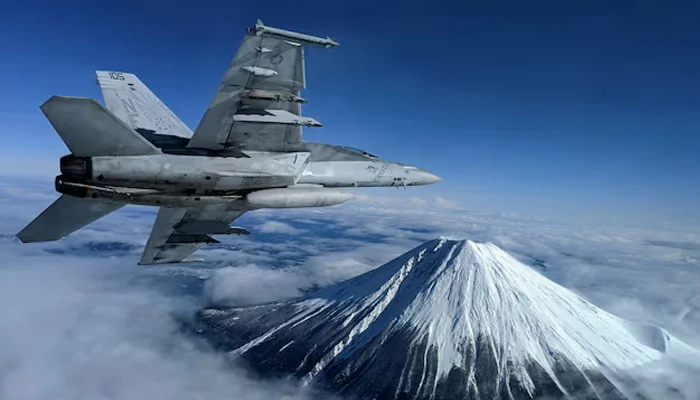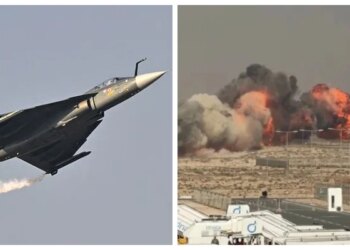Select Language:
The Pentagon is set to choose the manufacturer of the Navy’s upcoming stealth fighter as soon as this week, according to sources familiar with the decision. After months of delays, the choice will be made among Boeing and Northrop Grumman to produce what’s tentatively called the F/A-XX — a new carrier-based jet intended to replace the Navy’s F/A-18E/F Super Hornets, which have been in service since the ’90s. The decision was approved by Defense Secretary Pete Hegseth last Friday.
While an announcement might come soon, last-minute issues have previously slowed progress on the project and could do so again. The Navy and Pentagon declined to comment on the matter.
This delay underscores broader uncertainties about naval aviation’s future and the role of aircraft carriers in countering China. If funding or development stalls, the Navy risks lacking a modern fighter capable of operating from carriers into the 2030s and beyond, which could weaken its strategic power projection.
The F/A-XX is expected to incorporate cutting-edge stealth features, longer range, and better endurance. It will also be designed to operate alongside unmanned combat aircraft and integrate seamlessly with existing carrier-based defense systems. China has been aggressively developing sixth-generation aircraft and fielding fifth-generation fighters and bombers, making this decision crucial to maintaining technological parity, according to Roman Schweizer, an analyst at TD Cowen.
Funding disruptions earlier this year, mainly between Congress and the Pentagon, caused delays. The Pentagon requested $74 million to maintain minimal development, with some officials arguing that the project should be delayed up to three years due to engineering and supply chain concerns. Congress, however, approved $750 million earlier this summer to accelerate development, along with an additional $1.4 billion slated for fiscal 2026.
Ongoing debates over contractor capacity also surfaced during the delays. Some officials questioned whether Boeing could dedicate enough engineers, especially after winning a contract to build the Air Force’s F-47, and whether Northrop’s costs for the Sentinel ICBM replacement might escalate too much. Although the exact number of jets, budget, and schedules remain classified, past programs like the F-35 have cost tens of billions over their lifetimes.
The Navy still plans to purchase more than 270 F-35C jets from Lockheed Martin for its carrier fleet. Earlier this year, Lockheed was eliminated from the F/A-XX competition. Expected deployment of the first production models is sometime in the 2030s, but F/A-18s are projected to remain operational into the 2040s.







